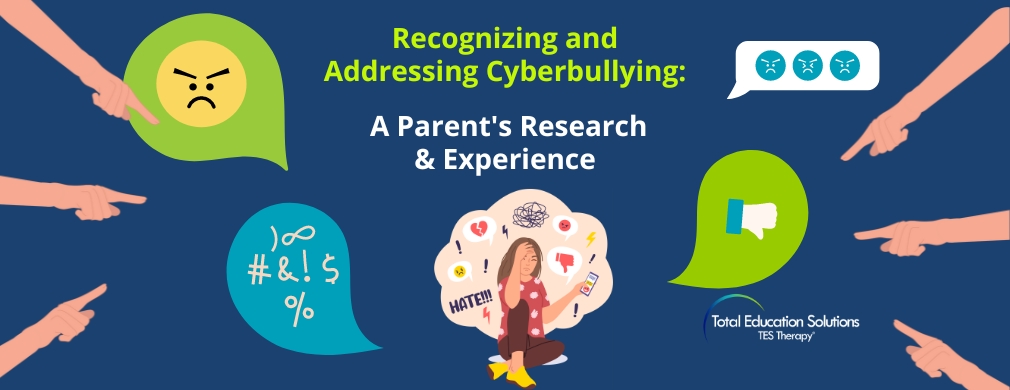
What is burnout?
”Burnout is a syndrome of emotional exhaustion, depersonalization, and reduced personal accomplishment that can occur among individuals who work with people in some capacity” (Maslach, Jackson, and Leiter, 1996).

Symptoms and behaviors related to burnout
Burnout symptoms can present as both physical and mental problems and can, at times, be difficult to identify. Some of the most common symptoms of burnout include:
- Depression
- Frequent illness
- Gastrointestinal issues
- Headaches
- Sleeplessness
- Withdrawal from social interaction
Effects of Burnout
The effects of burnout can range from benign to severe and are often observed both at the individual level and the organizational level. Signals to watch out for include:
- Absenteeism
- Additional stress for those that stay when others leave
- Avoidance of work tasks
- Difficulty concentrating
- Negative language when talking about work
- Poor performance
- Service disruption
- Turnover
Risk Factors of Burnout
Under the right circumstances, burnout can happen to anyone. However, certain groups of people tend to be more vulnerable to the syndrome. Here are some common risk factors to keep in mind so that you’re able to identify burnout when it occurs:
- Challenging client behaviors (specific to special education/behavior health settings)
- Conflict-heavy workplace
- Employees that define work as a primary source of feelings of accomplishments
- High or unrealistic work demands
- Higher levels of education
- Imbalance between demand and resources
- Isolation or lack of social support
- Requirements for longer work days
- Single employees
- Younger employees
(Plantiveau,C., Dounabi, K., and Virues-Ortega, J. (2018)
So what do we do?
Assess. Intervene. Monitor.

Maslach Burnout Inventory:
The Maslach Burnout Inventory (MBI) is the most commonly used tool to self-assess whether you might
be at risk of burnout. To determine the risk, the MBI explores 3 components of burnout: depersonalization, exhaustion and personal achievement. While this tool may be useful, it must not be used as a scientific diagnostic technique, regardless of the results. The objective is simply to make you aware that anyone may be at risk of burnout.
For each question, indicate the score that corresponds to your response. Add up your score for each
section and compare your results with the scoring results interpretation at the bottom of this document.
Burnout Self-Test:



SCORING RESULTS – INTERPRETATION
Section A: Burnout
Burnout (or depressive anxiety syndrome): Testifies to fatigue at the very idea of work, chronic fatigue, trouble sleeping, physical problems. For the MBI, as well as for most authors, “exhaustion would be the key component of the syndrome.” Unlike depression, the problems disappear outside work.
Total 17 or less: Low-level burnout
Total between 18 and 29 inclusive: Moderate burnout
Total over 30: High-level burnout
Section B: Depersonalization
“Depersonalization” (or loss of empathy): Rather a “dehumanization” in interpersonal relations. The notion of detachment is excessive, leading to cynicism with negative attitudes with regard to patients or colleagues, feeling of guilt, avoidance of social contacts and withdrawing into oneself. The professional blocks the empathy he can show to his patients and/or colleagues.
Total 5 or less: Low-level burnout
Total between 6 and 11 inclusive: Moderate burnout
Total of 12 and greater: High-level burnout
Section C: Personal Achievement
The reduction of personal achievement: The individual assesses himself negatively, feels he is unable to move the situation forward. This component represents the demotivating effects of a difficult, repetitive situation leading to failure despite efforts. The person begins to doubt his genuine abilities to accomplish things. This aspect is a consequence of the first two.
Total 33 or less: High-level burnout
Total between 34 and 39 inclusive: Moderate burnout
Total greater than 40: Low-level burnout
A high score in the first two sections and a low score in the last section may indicate burnout.
Note: Different people react to stress and burnout differently. This test is not intended to be a scientific analysis or assessment. The information is not designed to diagnose or treat your stress or symptoms of burnout. Consult your medical doctor, counselor or mental health professional if you feel that you need help regarding stress management or dealing with burnout.
C. Maslach, S.E. Jackson, M.P. Leiter (Eds.), Maslach Burnout Inventory manual (3rd ed.), Consulting Psychologists Press (1996)
MBI addresses three scales:
Emotional Exhaustion measures feelings of being emotionally overextended and exhausted by one’s work. Depersonalization measures an unfeeling and impersonal response toward recipients of one’s service, care treatment, or instruction. Personal Accomplishment measures feelings of competence and successful achievement in one’s work.
Self-Care Practices as Intervention
There are ways to combat burnout syndrome outside of making large changes to your work environment. Practicing self care means you’re taking the time you need to care for yourself physically, mentally, emotionally or even spiritually. Maintaining self care in your personal life can help you feel less burnt out.
You can start by developing and following a healthy eating plan, exercising more often, gardening, taking frequent walks in a green space or even finding a creative outlet such as painting or learning to play a musical instrument. However, if self care doesn’t improve the situation – or if the burnout results in impairment in the ability to function – it may require treatment. Consider talking to a professional who can steer you towards a recovery process that helps develop a healthy approach to work.
“Less Stress, More Happiness”


 25 Sep 2019
25 Sep 2019 













